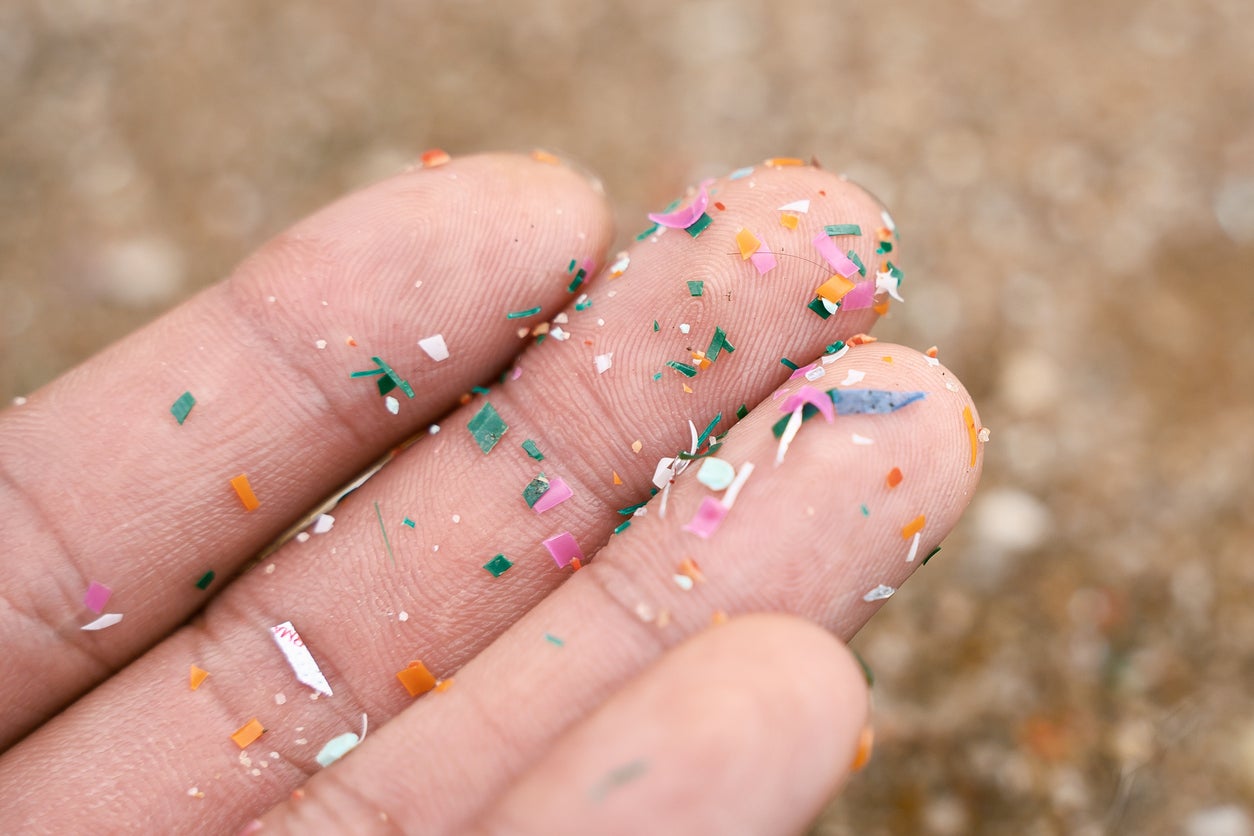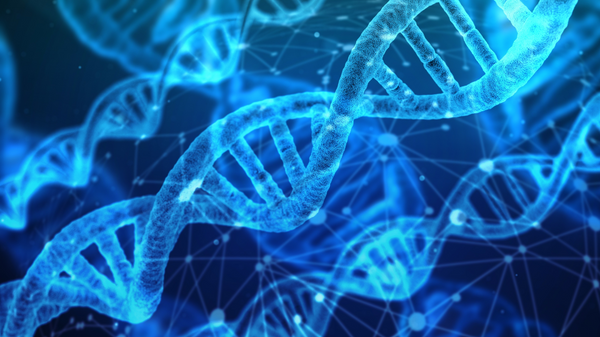Plastic nanoparticles have been found in the edible parts of vegetables for the first time, raising fresh concerns about plastic pollution affecting the human food chain.
Scientists at the University of Plymouth found that nanoplastics – some measuring as little as one millionth of a centimetre in diameter – were able to penetrate the natural barriers in radish roots and accumulate in both the fleshy part of the vegetable and in the leaves.
After placing radishes in a hydroponic system exposed to polystyrene nanoparticles, the team tracked the particles using radiolabelled carbon.
They discovered that almost 5 per cent of the particles entered the root system within five days. Nearly a quarter of those were then found in the fleshy edible root and about 10 per cent had travelled into the leaves.
“Plants have a layer within their roots called the Casparian strip, which should act as a form of filter against particles, many of which can be harmful,” said Dr Nathaniel Clark, the study’s lead author.
“This is the first time a study has demonstrated nanoplastic particles could get beyond that barrier, with the potential for them to accumulate within plants and be passed onto anything that consumes them. There is no reason to believe this is unique to this vegetable, with the clear possibility that nanoplastics are being absorbed into various types of produce being grown all over the world.”

Researchers had previously detected microplastics – larger plastic fragments – in many foods, including seafood, salt, bottled water, and even fruits and vegetables like lettuce, carrots and apples.
But in these cases, scientists believed the particles entered mostly through the surface or skin of the produce during handling, washing or from contaminated soil and water.
Laboratory studies had also hinted that nanoplastics, which are much smaller, might be able to pass into the roots of plants such as lettuce or wheat.
The new study shows for the first time that nanoplastics can cross the plant’s root barrier and accumulate inside the edible tissue itself, in this case the fleshy root of radish.
“To some extent, these findings shouldn’t be a surprise. After all, in all our previous work we’ve found microplastic pollution everywhere we have looked for it,” Richard Thompson, head of the university’s International Marine Litter Research Unit and a senior author on the study, said.
“However, this study provides clear evidence that particles in the environment can accumulate not only in seafood but also in vegetables. This work forms part of our growing understanding on accumulation, and the potentially harmful effects of micro- and nanoparticles on human health.”
The researchers warn that the long-term consequences for health are still poorly understood but the findings add urgency to calls for further investigation into how widespread such contamination may be.
Plastic fragments over time into smaller and smaller pieces. Nanoplastics are so small they can bypass natural biological defences and researchers fear they may cause harm by triggering inflammation, carrying toxic chemicals or disrupting cell processes.
The authors of the new study stress that more work is needed to determine how common nanoplastic uptake is across different crops and growing conditions. But they say the evidence shows that plastic pollution is not just an environmental problem in oceans and rivers – it may be ending up directly on people’s plates.
Scientists declare ‘pivotal step’ in bringing back extinct dodo
River flows becoming increasingly erratic across the world, UN report warns
Australia sets ambitious 2035 climate target and pledges billions for clean energy
Delhi’s toxic air is turning iconic Red Fort black, scientists warn
Spain records hottest summer on record as heatwaves and wildfires grip the country
At least 1,147 died from climate-driven heat in UK this summer, scientists find







